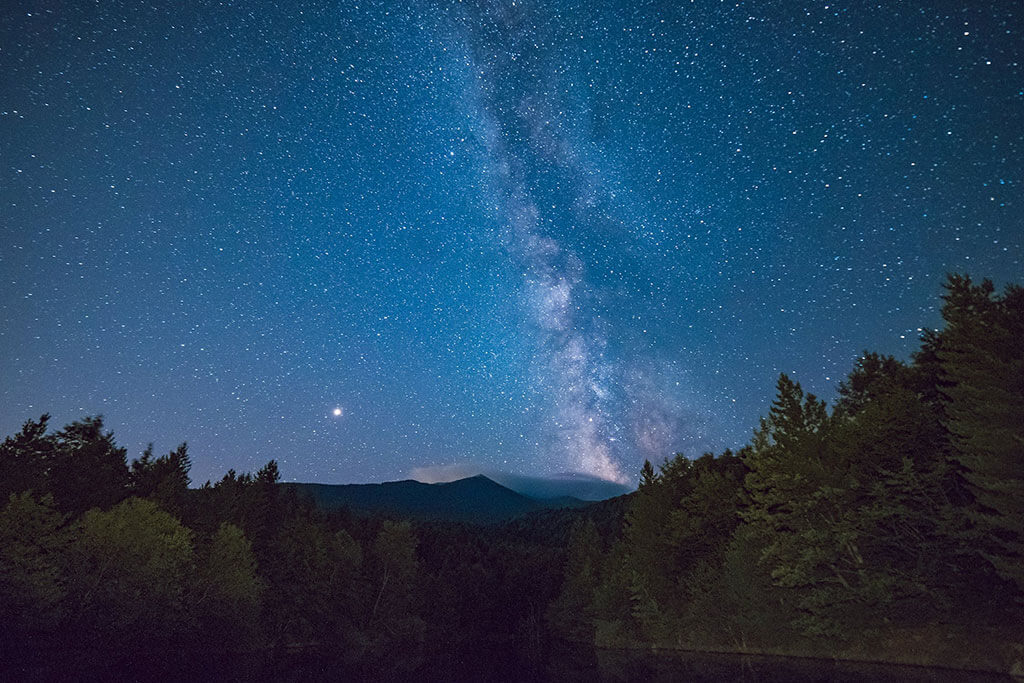
16
April
Astronomy Week Solar Observing
Join us this week if skies are clear!

21
April
Ontario Science Centre: International Astronomy Day
Celebrate International Astronomy Day at the Ontario Science Centre!

16
April
Dark Sky Star Party (NO GO)
See the milky way and galaxies with the unaided eye. Point your telescope to find the many dim deep space objects that sprinkle the sky. Away from Toronto's light polution, there is so much to see. We observe from the Long Sault Conservation area, an hour outside of Toronto. We meet around dusk once a month in the parking lot for views only seen in dark sky conditions. We hold this event on the first clear night of our week-long window, so the date and time are determined closer to.

12
May
York University: Science Rendezvous 2018
Every year the Faculty of Science at York University joins forces with Main Street Markham to present Science Rendezvous at the award-winning Markham Farmers’ Market.

12
May
UofT: Science Rendezvous 2018
Science Rendezvous is a free annual all-day festival that brings science out of the lab and onto the street with the ultimate goal of improving student enrolment as well as public involvement in the science, technology, engineering, and mathematics (S.T.E.M.) fields.

12
May
Ryerson: Science Rendezvous 2018
Join us for Science Rendezvous on Saturday, May 12, 2018, in the heart of Ryerson Campus!
Science Rendezvous is Canada’s annual celebration of science. This free festival, targeted to all age groups, makes science accessible to thousands of people with a day of engaging, informative and interactive events. Science enthusiasts across the country take their passions to the people to encourage a public understanding of the great impact science and technology have on our lives and our changing world.

14
April
March for Science Toronto 2018
See the website for more details

13
April
SSEA Toronto: Shadows and Droplets: Timekeeping Instruments in Ancient Egypt
How were the ancient Egyptian day and night divided? What do we know about keeping time during the span of pharaonic history? Have many objects used for timekeeping survived? Do we know who made and used them and why? This talk discusses ‘formal’ methods for measurement of hours in ancient Egypt, giving an overview of the surviving evidence including sundials and water clocks. We will compare different instruments and trace the extent to which we understand the time-keeping function of each.

21
April
UofT Planetarium: Our Musical Universe (SOLD OUT)
What is the sound of a twinkling star? Can planets keep a beat? How loud was the big bang?

21
April
UofT Planetarium: Underdogs of the Solar System (SOLD OUT)
Showtime: 3:00pm
Often, when we think of the Solar System, we think of the planets and the Sun and nothing more. But what about all the other stuff? There are millions of asteroids in the asteroid belt, tens of millions of objects in the Kuiper belt, and probably trillions of objects in the Oort cloud—not to mention the hundreds of moons and dozens of dwarf planets that are members of the Sun’s extended family.
